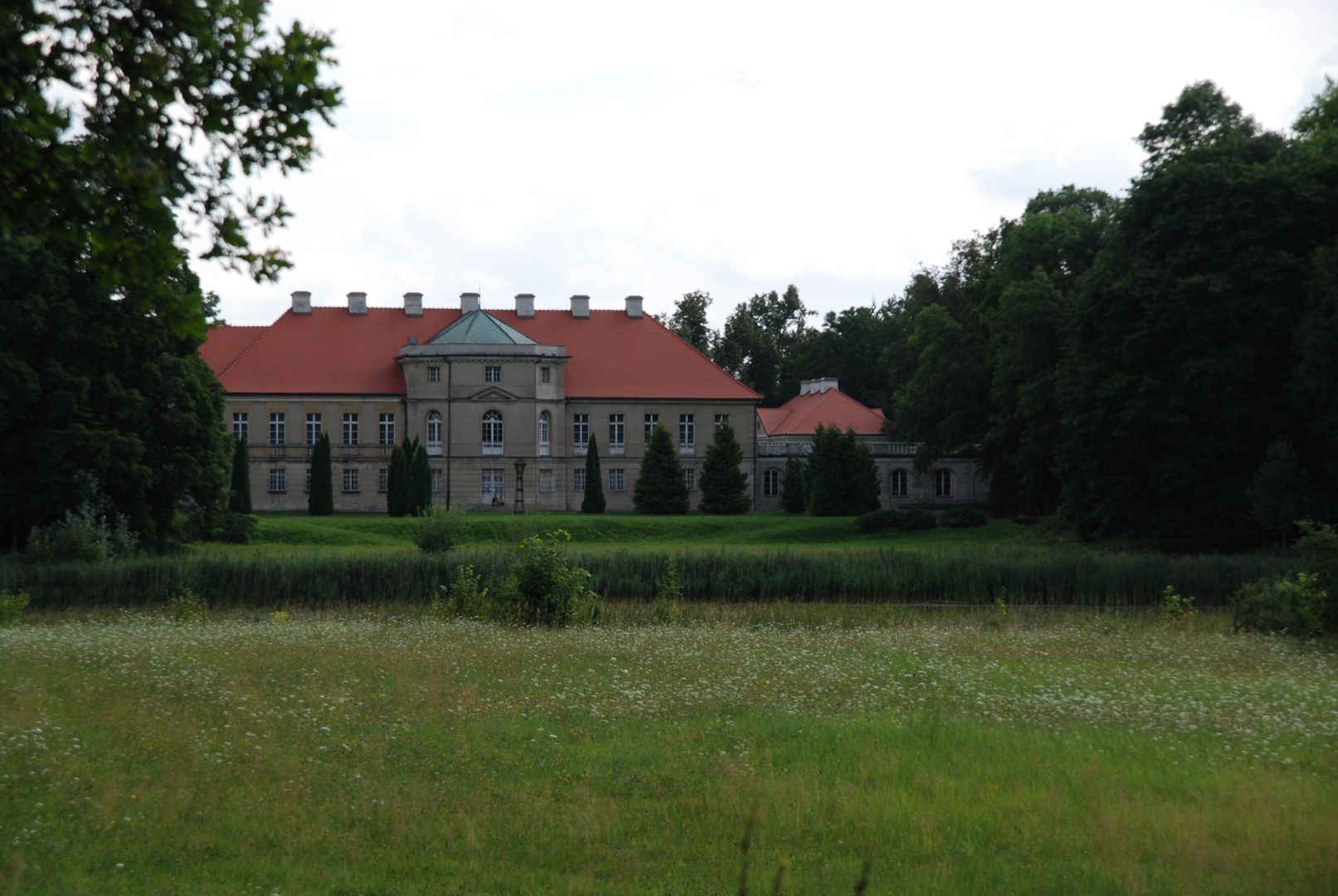Czerniejewo
6.78

Overview
Czerniejewo, historically known as Schwarzenau, is a town in the Greater Poland Voivodeship, within Gniezno County. Its history dates back to prehistoric times, when the area was inhabited by humans, and it provides numerous archaeological evidences of human activity from the Mesolithic, Neolithic, Bronze, and Iron Ages. The town was founded before 1390, likely during the reign of Casimir the Great. Over the centuries, Czerniejewo changed owners, gaining the status of a private town, and in 1581 it received the privilege to organize fairs. The town center was focused around a market square with streets running along the frontages, and the architecture was predominantly modest, consisting of wooden and half-timbered buildings. In the 18th century, the town gained importance due to the development of crafts, especially cloth-making, and the establishment of a leather factory. The 19th century saw accelerated development in Czerniejewo, with new brick buildings, shops, and craft workshops emerging. Various institutions, including schools and churches, also operated in the town. During World War II, Czerniejewo became part of the Wartheland, where Germans displaced Poles and settled German colonists. Architecturally, the town is distinguished by the Lipski Palace, dating back to the 18th century, and the Church of St. John the Baptist, built in the 16th century in the Late Gothic style. Interestingly, Czerniejewo hosted numerous fairs, and in winter, people harvested ice from the ponds, highlighting local traditions and crafts. Despite changing historical circumstances, the town has maintained continuity in urban development, and its monuments are valuable elements of the cultural heritage of Greater Poland. Today, Czerniejewo is a place where history and culture intertwine with modern social life.
Location
2025 Wizytor | All Rights Reserved